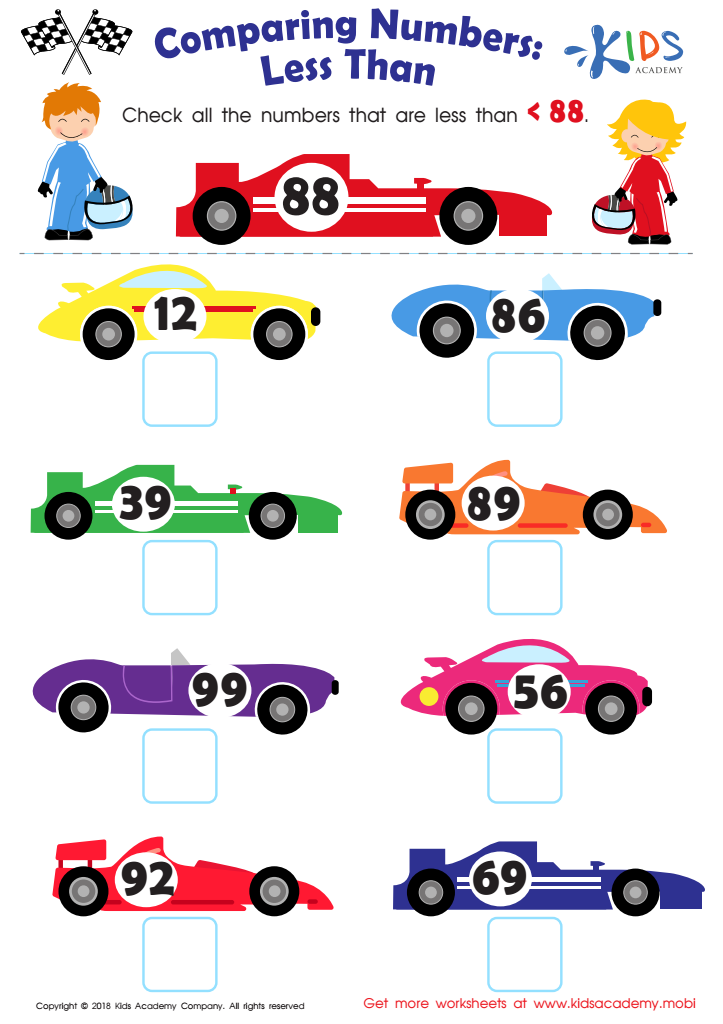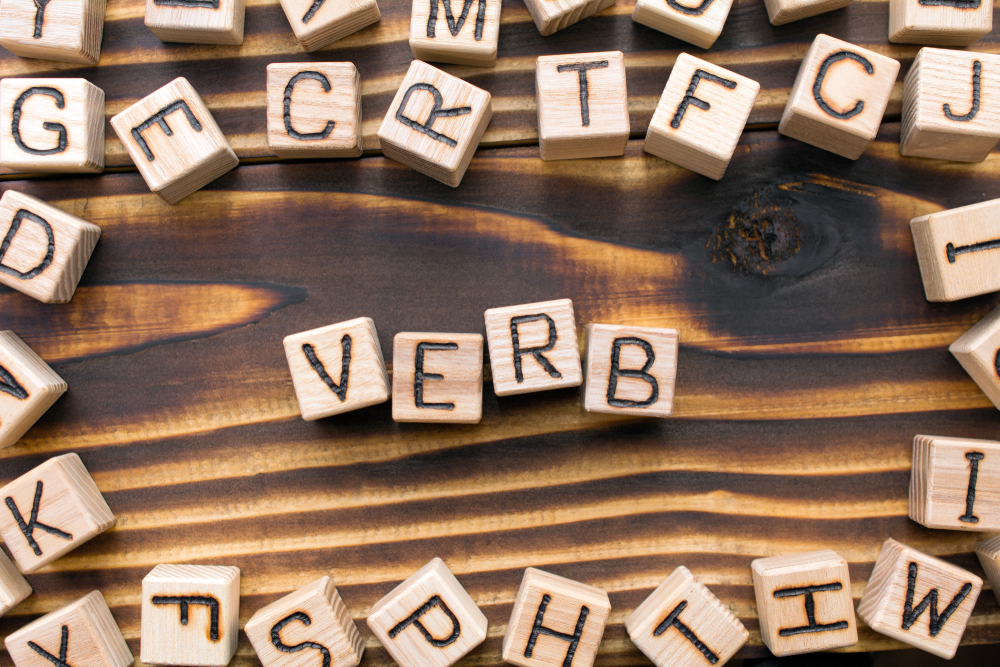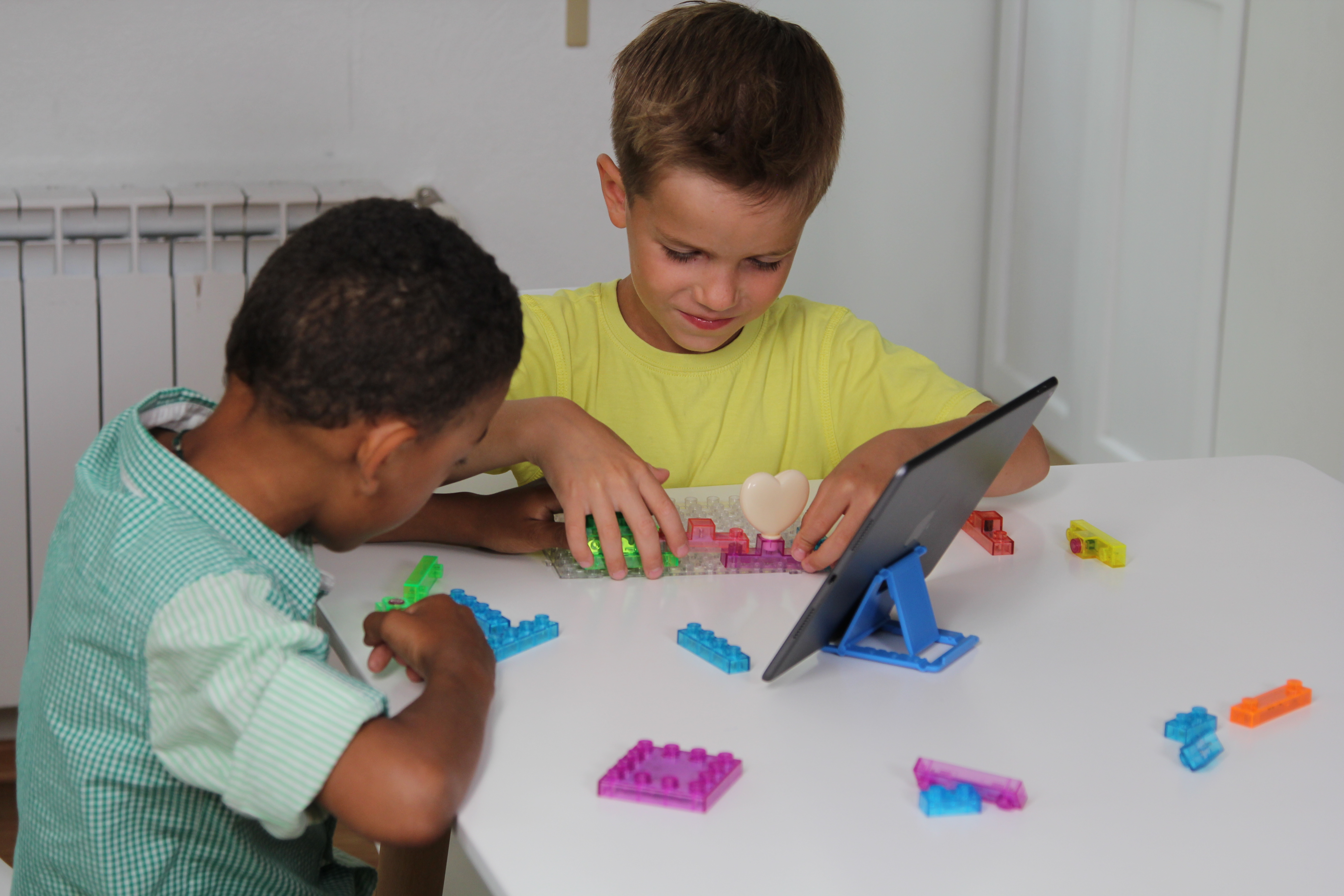Grasping mathematical symbols Worksheets for Kids
1 filtered results
-
From - To


Less Than Worksheet
Question/Answer
How to train the Grasping mathematical symbols skill in Grade 1 students learning about Numbers?
To train Grade 1 students in grasping mathematical symbols, start with concrete objects for counting and gradually introduce symbols (+, -, =) in relation to these activities. Use visual aids, such as flashcards and number lines, and engage students in games and puzzles that incorporate these symbols. Frequent, short practice sessions will reinforce recognition and understanding.
Why is the Grasping mathematical symbols skill important for Grade 1 students?
Grasping mathematical symbols in Grade 1 is crucial because it forms the foundation for understanding basic math concepts. It enables students to recognize and use symbols to perform operations like addition and subtraction, setting the stage for more complex math skills. Early mastery supports mathematical fluency and problem-solving abilities, essential for future academic success in mathematics and related fields.
How to test a Grade 1 student’s Grasping mathematical symbols skills?
To test a Grade 1 student's understanding of mathematical symbols, present them with simple equations and ask them to identify and explain the symbols used (e.g., +, -, =). Include exercises where they match symbols to their meanings or uses, and solve basic math problems that require applying these symbols correctly, indicating addition, subtraction, or equality.
 Assign to the classroom
Assign to the classroom












